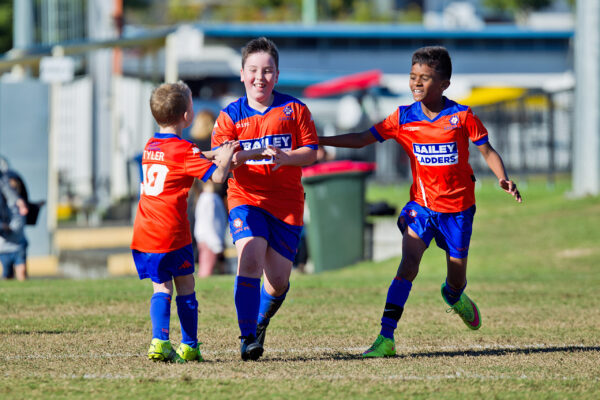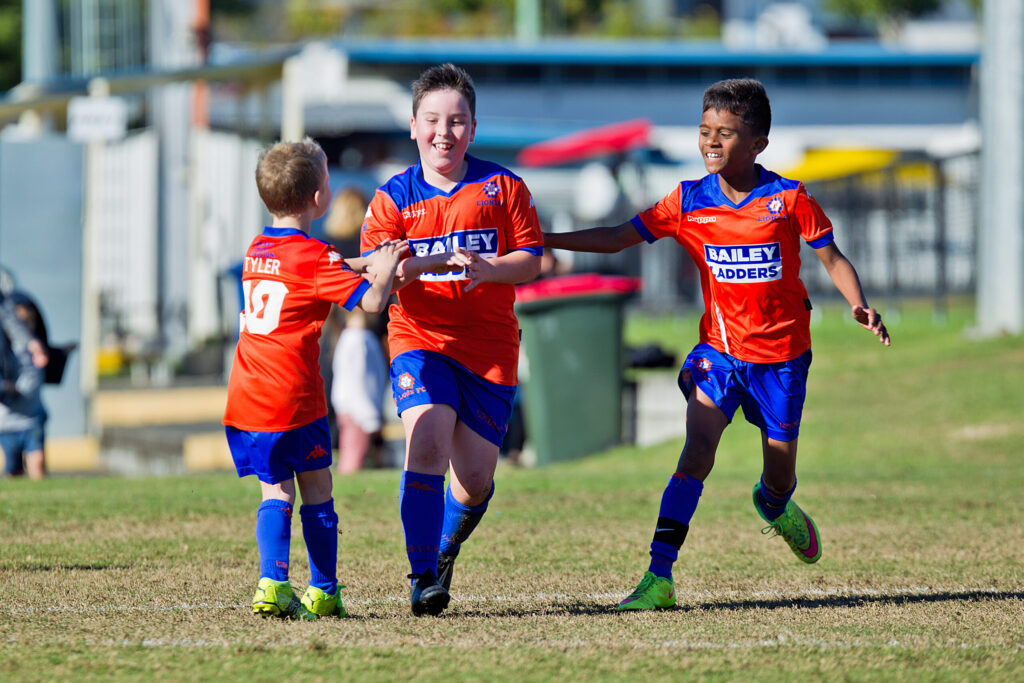
The NSW Government has made female changerooms a top priority for funding when $100 million is spread across regional NSW in Round Four of its Stronger Country Communities Fund.
Football has applauded the move, allowing female sporting teams in regional NSW to benefit from new and improved facilities, with 50% of the fund devoted towards female changeroom facilities and programs.
“We are delighted the NSW Government has chosen to invest in female sporting programs and facilities at such a vital time for football. The hosting of the FIFA Women’s World Cup Australia & New Zealand 2023™ has sparked an even greater surge of demand for football facilities – many of which are already bursting at the seams. Investment in our facilities is vital to keep up with demand,” Football NSW CEO Stuart Hodge said.
Northern NSW Football CEO David Eland says the announcement aligns perfectly with football’s needs, following the release of a state-wide Infrastructure Strategy in March 2020. This highlighted the requirement for significant investment in facilities, especially for female football over the next decade, as there’s a projected increase in female participation.
“As the state’s largest sport, football is experiencing unprecedented increase in female football. The number of women and girls playing football has risen by 11% in the past year alone,” he said.
Football Australia CEO James Johnson highlights Football Australia’s intention of having 50/50 female participation by 2027, helped massively by the hosting of the FIFA Women’s World Cup in 2023 and it’s Legacy ‘23 Plan.
“Our Legacy ’23 Plan is a long-term project extending far beyond the final match of the FIFA Women’s World Cup 2023TM and we are determined to elevate the women’s game to even greater heights – ultimately for Australia to become the centre of women’s football in the Asia-Pacific region,” he said.
“To do this we have identified several time critical initiatives to kick-start Legacy ‘23 which are aligned to our XI Principles and focus on facilities and infrastructure, high performance, participation, and international engagement.
“Building and upgrading community facilities and infrastructure forms part of a key pillar of the Legacy ’23 plan, to help address the existing facilities gap we are experiencing around Australia, and also plan for the influx of 400,000 women and girls we are expecting to be playing the sport of football by 2027.
“Currently of our 2,500 football clubs in Australia, only one in five of these facilities are female friendly.
“Football is committed to working with Clubs, Local Councils and stakeholders to secure funding for the sport. It is integral for football that we ensure existing venues can be used at full capacity, with inclusive facilities, through proper planning for future growth via partnerships with government at all levels and industry partners.”
Facts on Female Football Facilities across New South Wales:
- 24% of venues DO NOT have change facilities (248 venue)
- 76% of venues have change room facilities (766 venues). Of these venues:
- 76% are NOT female friendly
- 60% have open showers and are not suitable for males or females in the 21st century
- 48% of change rooms are in either moderate or poor condition
- 62% of venues in NSW do NOT have a referee’s room
- Only 36% of venues have a referee’s room
- 73% of referee rooms are NOT female friendly
- 44% of referee rooms are in moderate or poor condition
- 51% of showers in referee rooms are either unlockable or open
Round 4 applications for the Stronger Country Communities Fund opened on May 1, 2021 and you can find it here.



















